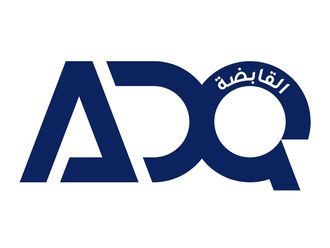
London: Gold fell 2 per cent to a four-and-a-half month low on Friday after minutes from the US Federal Reserve highlighted increasing concerns over its highly stimulative monetary policy, knocking stock markets lower and boosting the dollar.
Fears that central banks’ money-printing to buy assets will stoke inflation had been a key driver in boosting gold, which rallied to an 11-month high in early October after the Fed announced its third round of aggressive economic stimulus.
Spot gold fell to its lowest since late August at $1,629.59 an ounce, and was heading for its sixth week of losses - the longest such run since June 1999. Gold was down 1.9 per cent at $1,631.60 per ounce at 1021 GMT.
US gold futures for February fell 2.6 per cent or $43.50 an ounce to $1,631.10.
“The market had been too preoccupied with the sheer size of the quantitative easing programme, and had not seen that at some point you would need a phase out of QE policy,” Christin Tuxen, an analyst with Danske Bank, said.
“The timing will be earlier than the market had been initially expecting, which is negative for gold.”
Minutes from the Fed’s December policy meeting showed some voting members of the Federal Open Market Committee were increasingly worried about the potential risks of the Fed’s asset purchases on financial markets.
Ultra-loose monetary policy implemented by leading central banks had fuelled gold’s rally as a climate of historically low interest rates heightened inflationary fears.
Recent positive US economic data has fuelled the view that further steps to stimulate the economy may be unnecessary. Investors are keenly awaiting US non-farm payrolls data due at 1330 GMT on Friday for a clue to the pace of economic recovery.
The figures are expected to show the economy added 150,000 jobs last month, after adding 146,000 in November. Tuxen said that if the payrolls data reveals that the economy added at least 200,000 jobs, gold prices could extend losses.
Commodities
Meanwhile, copper fell on Friday as the dollar rose strongly after the US Federal Reserve flagged concerns about the risks of its stimulus programme, and a rally over a deal in Washington to avert a budget crisis ran out of steam.
In a surprise to Wall Street, minutes from the Fed’s December policy meeting, published on Thursday, showed a growing reticence about further increases in the central bank’s $2.9 trillion balance sheet, which it expanded sharply in response to the financial crisis and recession of 2007-2009.
The Fed’s quantitative easing has been a big factor underpinning risk appetite, and the hawkish tone drove the dollar higher. The dollar is often favoured at times of market uncertainty, and strategists have said it could make further gains in the coming weeks.
Three-month copper on the London Metal Exchange fell 0.6 per cent to $8,116 per tonne by 1015 GMT from a close of $8,154 on Thursday.
“The dollar has strengthened and the euro rally has run out of steam. Asian investors and banks have been dumping the euro so I think its run into that kind of headwind,” Citi metals analyst David Wilson said.
A stronger dollar makes dollar-based assets more expensive for non-dollar investors and its rise also hit precious metals and oil.
Copper is still heading for a 2.5 per cent gain this week, after surging to its highest in more than two months on Wednesday in a broad financial markets rally.
In other metals, three-month tin was $24,075 per tonne from $23,980 at the close on Thursday and zinc was $2,073 from $2,088. Lead was $2,361 from $2,399, aluminium was at $2,103 from $2,116 and nickel at $17,485 from $17,500.











